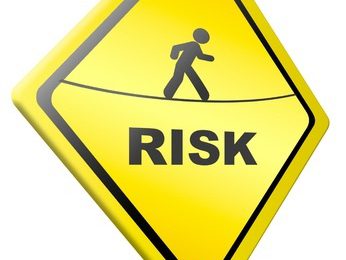Fortune asks the million dollar question: “Have we hit the bottom, or will we resume our downward slide?”
To try to find the answer they tap a number of investment experts, including Charles Schwab’s CIO Jeff Mortimer, BlackRock’s vice chairman Bob Doll, Doug Noland of the Federated Prudent Bear fund and GMO chairman Jeremy Grantham.
“The double-bottom we’re seeing here is still a natural occurrence, as long as it holds,” says Mortimer. “We’re in that range on the Dow where we want to see if the buyers who came in last time will step in again at this valuation, or have things changed to [whether] they no longer find it attractive.”
Bob Doll prefers to look at broader indexes like the S&P 500 and the Value Line Arithmetic Index. He notes that the Value Line “remained 9% above its November trough; as of Tuesday, it’s up 15%.” Doll remains positive for the year, saying the “S&P 500 could end the year in the 1,000 to 1,050 range.”
But not everyone agrees. Doug Noland of Federated Prudent Bear fund says that consumer spending is contracting and as a result companies and industries will suffer and traditional valuation measure don’t apply in this environment. He thinks many firms will fail as we go through a “readjustment period”.
The prescient Jeremy Grantham of GMO, who has started to move out of the bearish camp, “draws comparisons to 1974 and 1982, when the S&P 500 lost roughly half its value. Since he estimates the current S&P 500 fair value at 900, Grantham puts his worst-case bottom at a hair-raising 450.” He says, “I’d say there are three-to-one odds that we go to a material new low. We should count on [the S&P 500] hitting 600 for a little while, and we should hope like mad it doesn’t get deep into the 500s.” Grantham says his firm has been buying stocks as valuations become more attractive.
Both Grantham and Mortimer advocate regularly schedule investments into stocks for individual investors. By consistently investing at set intervals Grantham says you avoid “terminal paralysis”, which is the inability to pull the trigger because you are afraid to get back in after the heavy market losses.








